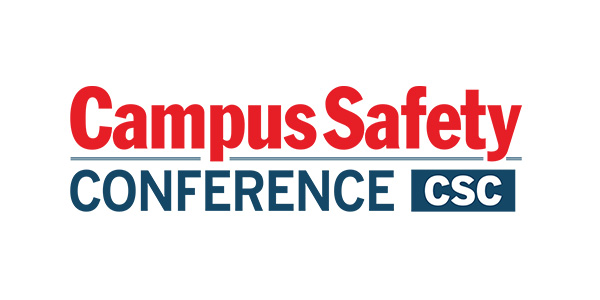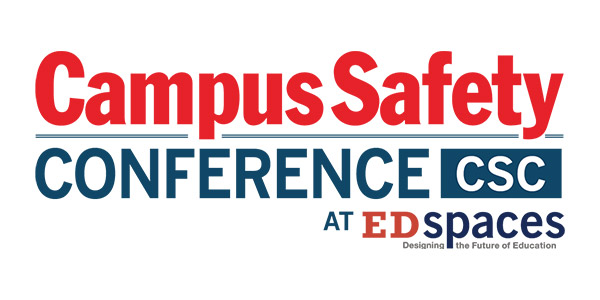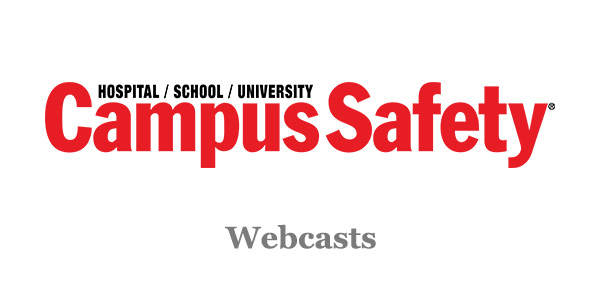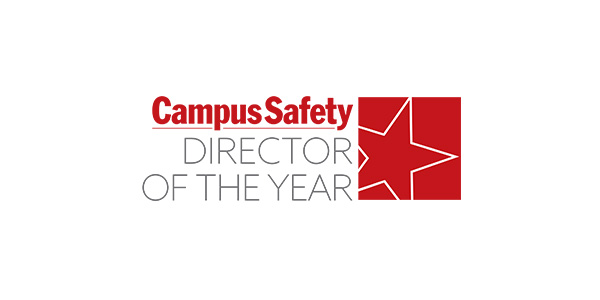OAKBROOK TERRACE, Ill. – Many hospital security and safety officials have expressed concerns regarding the Joint Commission’s decision to combine its environment of care safety and security requirements into one standard (EC.02.01.01). Those who oppose the revision, which will go into effect Jan. 1, believe it might send a message that hospital security has diminished in importance, possibly reducing the amount of attention and resources security receives from administrators.
John Fishbeck, R.A., associate director for the Joint Commission’s Division of Standards and Survey Methods, recently spoke with Campus Safety to explain his organization’s reasoning behind the revision. Fishbeck says the commission reviewed its expectations to determine if they were clear and relevant to the accreditation program. In many instances, his organization found similar requirements in different chapters, which the recent revisions consolidated.
Hospitals Can Still Separate Safety, Security
The new standard allows one individual to be responsible for both safety and security. According to Fishbeck, this change is being implemented to ease the burdens of smaller healthcare organizations that don’t see the distinction between the two disciplines. The change, however, doesn’t force institutions to consolidate if they prefer to have separate safety and security programs. In fact, Fishbeck believes the division should remain in large hospitals in many cases, as long as it achieves the desired results. “We really don’t care about the format or structure of the programs developed for safety and security,” he says. “It can be one individual or multiple individuals.”
 In response to the concerns that the change will water down hospital security, Fishbeck claims the chapter still has elements of performance specific to security and that none of the requirements have been relaxed or revised. “I really don’t see an effect,” he says. “They still have to control access to sensitive areas. They have to have processes in place in the event of a security incident, such as an infant abduction. We’re just relaxing the format and structure of what these programs look like.”
In response to the concerns that the change will water down hospital security, Fishbeck claims the chapter still has elements of performance specific to security and that none of the requirements have been relaxed or revised. “I really don’t see an effect,” he says. “They still have to control access to sensitive areas. They have to have processes in place in the event of a security incident, such as an infant abduction. We’re just relaxing the format and structure of what these programs look like.”
According to Fishbeck, the survey process will also be the same, and the Joint Commission will continue to encourage hospitals to be proactive with regards to security. Identifying risk, training personnel and monitoring the security processes and technologies are just some of the measures he says hospitals should continue to incorporate. If security does suffer as a result of the revision, however, Fishbeck says his organization would address the issue.
Many Stakeholders Involved in Decision-Making Process
Some who oppose the decision to combine safety and security also believe that the Joint Commission didn’t give full consideration to their concerns before the change was implemented. Fishbeck, however, says the decision-making process involved technical committees that included experts and members from outside professional organizations. The proposed changes were also posted on the commission’s Web site for six weeks, and concerned individuals were invited to submit their comments.
“We looked at each comment and weighed it,” he says. “We got a lot of positive comments; most were positive. The arguments that were negative we felt didn’t hold water. They recommended they have a separate person for safety and security, but that was never our intent. We’ve always allowed the same person to handle safety and security.”






